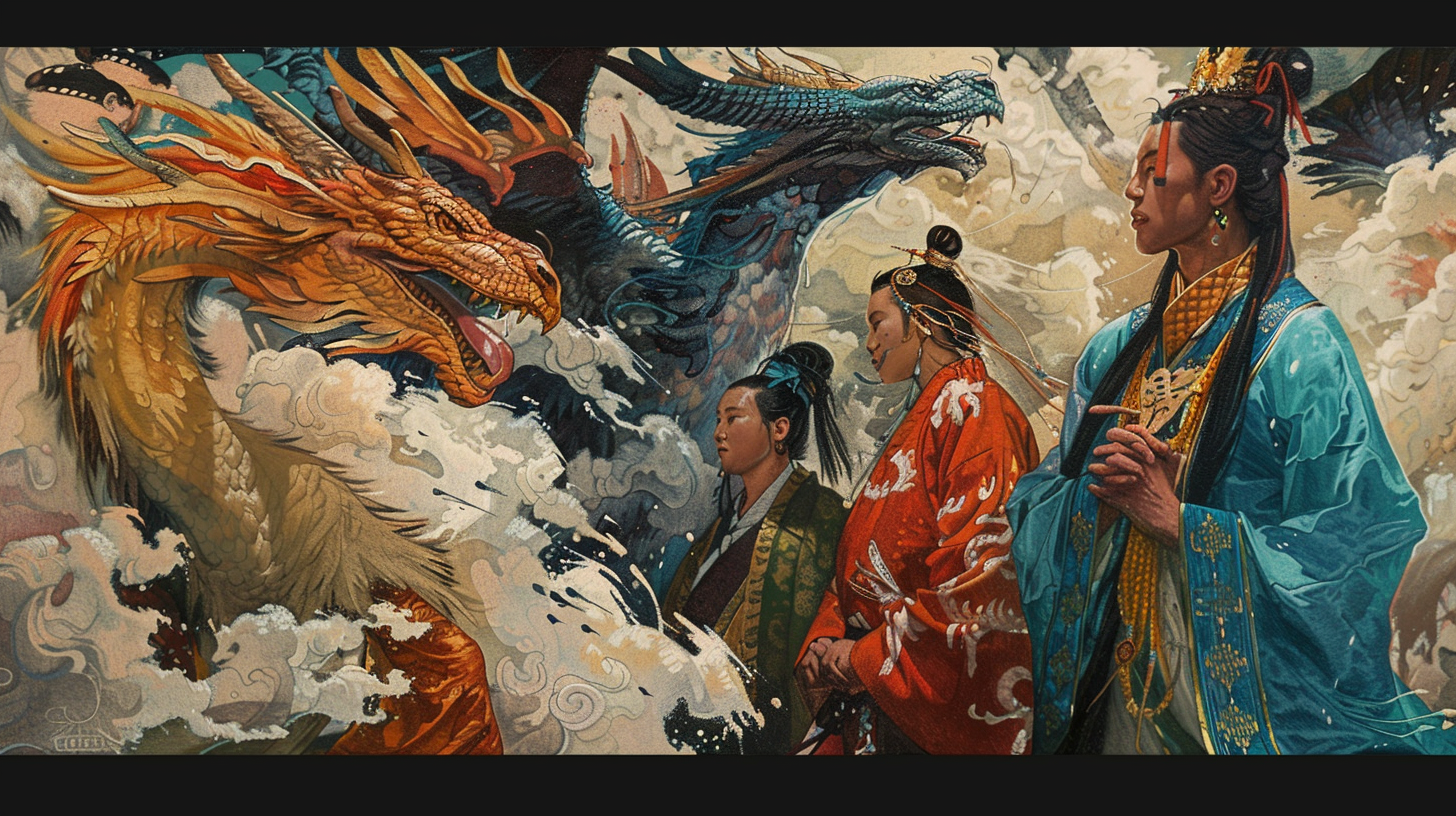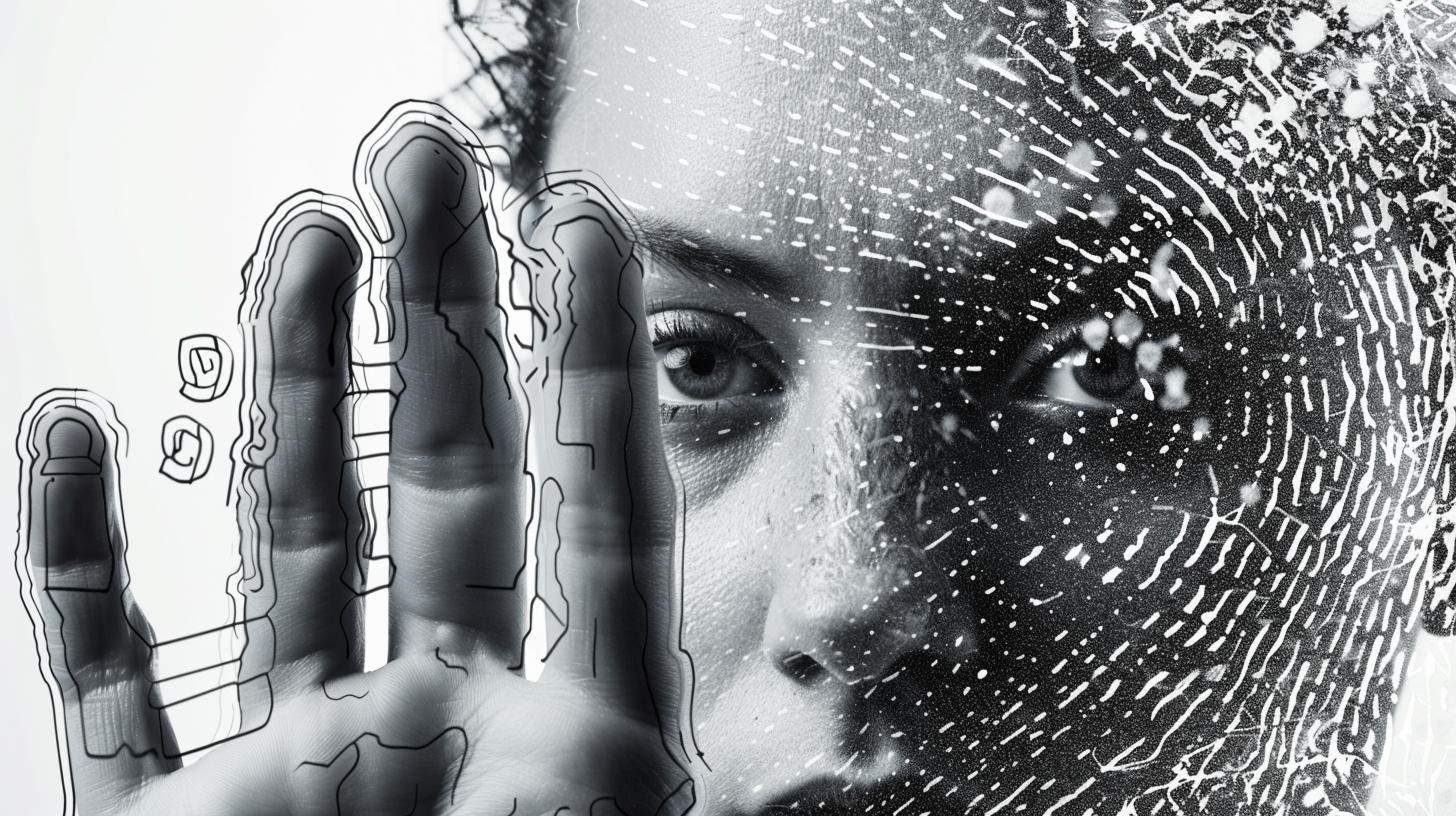Table of Contents Show
In our exploration of endangered art forms, we’ve encountered the delicate dance of shadow puppetry in Indonesia, a tradition teetering on the brink of extinction. We’re witnessing firsthand the challenges these cultural treasures face, from globalization to technological disruption. It’s a complex issue that begs a deeper understanding of not only the art itself but also the communities it sustains. As we unpack the layers, let’s consider what’s at stake if these practices vanish and how our collective efforts could make a difference in preserving the rich tapestry of human heritage.
Key Takeaways
- Cultural heritage is at risk due to funding shortages and global influences.
- Global efforts have seen success in revitalizing traditions through community engagement and technology.
- Innovative strategies, including digital archiving and VR, are crucial for preservation.
- Engaging the youth through social media is key to ensuring the longevity of endangered art forms.
Identifying Endangered Art Forms
Before we dig into the complexities of preservation, it’s critical to first identify which art forms are teetering on the brink of extinction. We’re after the freedom to preserve, enjoy, and pass down our rich cultural heritage, aren’t we? Identifying these endangered art forms is our first step towards that freedom.
We’re looking at languages that sing stories of ancient times, traditional dances that move with the rhythm of history, and crafts that hold the touch of generations. These are not just art forms; they’re threads connecting us to our past, and they’re fading away. We can’t let that happen.
Take, for example, the intricate puppetry traditions of Southeast Asia or the rich oral storytelling of indigenous cultures around the globe. These aren’t merely entertainment; they’re the soulful expressions of a community’s identity, history, and values. And what about the traditional crafts? Skills passed down through generations, from weaving textiles to crafting pottery, are in danger of becoming no more than memories.
We’re in a race against time to ensure these art forms don’t vanish. It’s not just about preserving for preservation’s sake. It’s about keeping the spirit of freedom alive — the freedom to express, to belong, and to connect with our roots. By identifying these endangered art forms, we’re taking a critical step towards safeguarding our cultural freedom. Let’s champion this cause together, for in saving them, we’re essentially saving parts of ourselves.
Challenges in Cultural Preservation
Commencing on the adventure of cultural preservation, we face a myriad of challenges that threaten the survival of endangered art forms. It’s a journey that demands our passion and commitment, but it’s fraught with obstacles that often seem insurmountable. Our quest for freedom in preserving our heritage is hindered by various factors, each presenting its unique set of difficulties.
| Challenge | Impact on Art Forms |
|---|---|
| Funding Shortages | Without adequate financial support, many traditional art practices cannot afford the materials or spaces needed for their continuation. |
| Globalization | The rapid spread of popular culture often overshadows local traditions, leading to a loss of interest among younger generations. |
| Technology Gap | Traditional artists struggle to bridge the digital divide, limiting their ability to reach a wider audience and sustain their craft. |
We’re in a race against time to safeguard these treasures. The lack of funds means that many art forms can’t get the support they need to thrive. As the world becomes more interconnected, local traditions are pushed to the sidelines, making it harder for them to compete with the allure of mainstream entertainment. The digital age has created a gap that many traditional artists find challenging to bridge, restricting their reach and impact.
In facing these challenges, we’re not just fighting for the survival of these art forms; we’re fighting for the soul of our cultures. It’s a battle for freedom—the freedom to remember, to celebrate, and to pass on our heritage to future generations.
Global Efforts and Success Stories
Despite these challenges, communities worldwide are banding together, showcasing remarkable success stories in the preservation of endangered art forms. We’ve seen firsthand how determination and collective effort can breathe life into traditions on the brink of extinction. This movement isn’t just about safeguarding the past; it’s a vibrant vital to cultural resilience and the unyielding spirit of freedom.
Here are some heartening examples that inspire us:
- The Revival of Shadow Puppetry in Indonesia: Local artisans, supported by global grants, have rejuvenated this ancient storytelling method, ensuring its magic captivates future generations.
- Safeguarding Indigenous Languages through Music: In Australia, Indigenous communities are using music as a powerful tool to preserve and teach endangered languages to young people.
- Community-Based Artisan Markets in Mexico: By creating platforms for artisans to sell their work directly to consumers, these markets have revitalized interest in traditional crafts, providing a sustainable income for practitioners.
- Digitization of Ancient Manuscripts in Timbuktu: Efforts to digitize and share these historic texts online are not only protecting them from physical decay but also making them accessible to a global audience.
These examples underscore the point that when we come together, there’s no limit to what we can achieve in the fight to keep our cultural heritage alive. It’s a vital to our shared belief in the importance of freedom — the freedom to express, to practice, and to pass on the rich tapestry of human creativity. Let’s continue to support these endeavors, celebrating each victory as a step towards a future where no art form is forgotten.
Innovative Strategies for Protection
To protect our cultural heritage, we’re deploying an array of innovative strategies that blend traditional knowledge with cutting-edge technology. We acknowledge the significance of freedom in preserving our ancestral arts, and we’re committed to creating spaces where this liberty can flourish.
We’re engaging communities directly, believing that the guardians of tradition are the most vital allies in our mission. By organizing workshops and cultural festivals, we’re not just celebrating these art forms; we’re providing platforms for knowledge exchange. This approach guarantees that traditional skills are passed down through generations, keeping them alive and relevant.
We’re also leveraging partnerships with educational institutions to integrate these endangered art forms into curricula. This strategy not only educates but sparks interest among the youth, who are critical for the survival of these traditions. Through these collaborations, we’re making sure that respect and appreciation for our heritage are ingrained in the leaders of tomorrow.
Moreover, we’re pioneering the use of community-based management plans. These plans empower local groups to take charge of preserving their cultural practices, ensuring they have the freedom to decide how best to protect their heritage. This bottom-up approach is proving to be one of the most effective ways to safeguard our cultural treasures.
In all these efforts, we’re guided by the principle of freedom—the liberty to celebrate, to learn, and to preserve. We believe that by empowering communities and fostering a deep respect for our heritage, we can save these endangered art forms from the brink of extinction.
The Role of Technology in Preservation
In our quest to preserve endangered art forms, we’re harnessing the power of technology to create innovative solutions that guarantee these traditions endure for future generations. We’ve witnessed firsthand how technology not only aids in documentation but also revitalizes interest among the youth, ensuring that these art forms remain alive and vibrant. Our approach includes:
- Digital Archiving: We’re digitizing collections of art, music, dance, and craftsmanship, making them accessible worldwide. This not only preserves them but also introduces these treasures to a global audience.
- Virtual Reality (VR) Experiences: We’re developing VR tours that allow people to experience art forms in their natural settings, breaking geographical barriers and bringing the art to the viewer, no matter where they are.
- Social Media Campaigns: We’re leveraging platforms like Instagram, YouTube, and TikTok to showcase these art forms, reaching out to the younger generation in spaces where they already spend their time.
- Collaborative Online Platforms: We’re creating online communities where artists can share, collaborate, and learn from each other, fostering a sense of global community and shared responsibility towards preservation.
We believe that by integrating these technologies into our preservation efforts, we’re not just saving these art forms; we’re giving them a new lease on life. It’s about giving freedom to these expressions, allowing them to evolve and resonate with people across the globe. Our commitment is to vital that no art form fades into oblivion, and technology is our ally in this noble quest.
Conclusion
In our quest to preserve the past, we’re racing against time, yet we’re armed with the future. As we weave through the challenges of keeping endangered art forms alive, we’ve discovered that innovation is our most powerful tool. Technology, once seen as a foe to tradition, has become its savior. By marrying the old with the new, we’re not just saving history; we’re ensuring that our cultural tapestry remains vibrant for generations to come. Together, we’re crafting a future that remembers.








